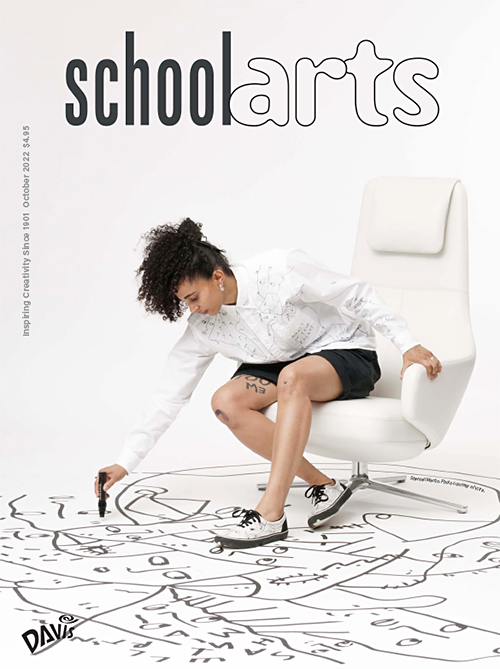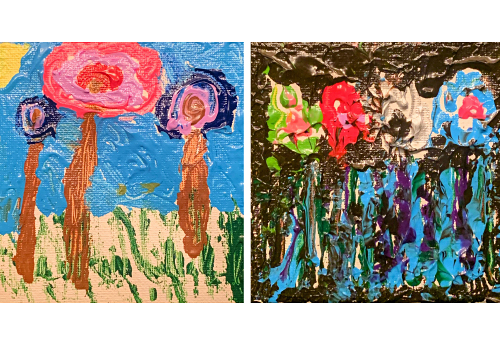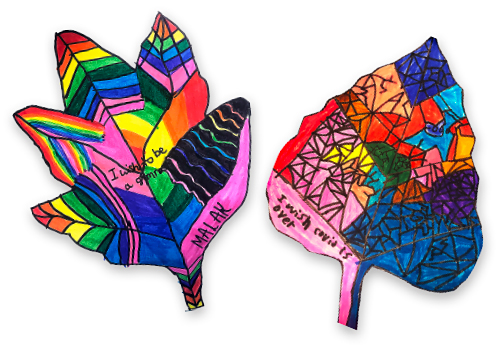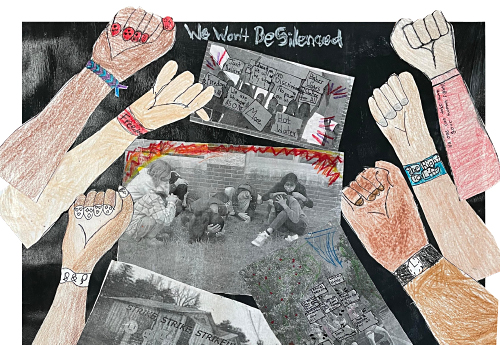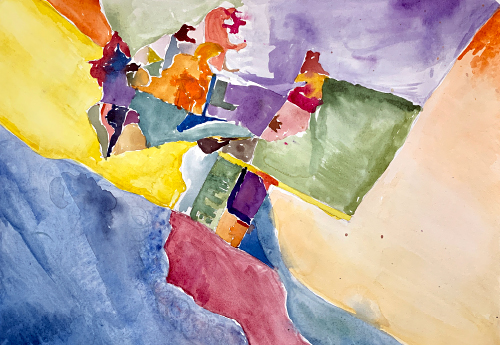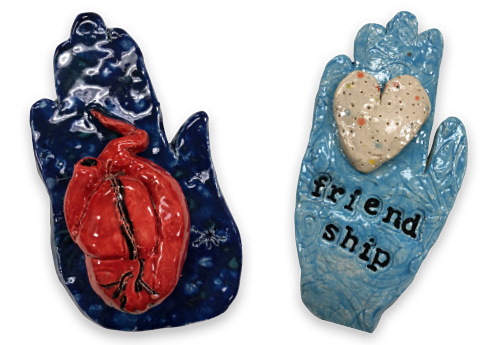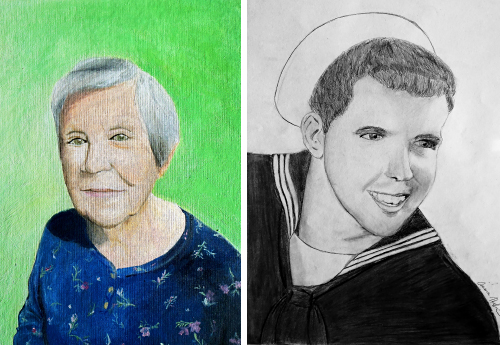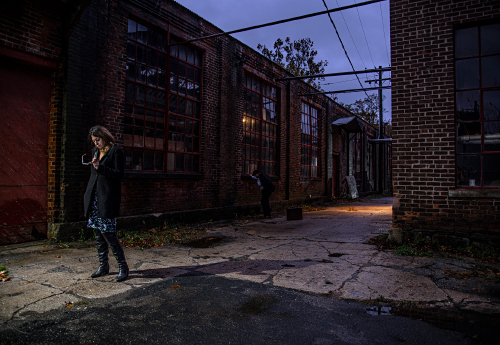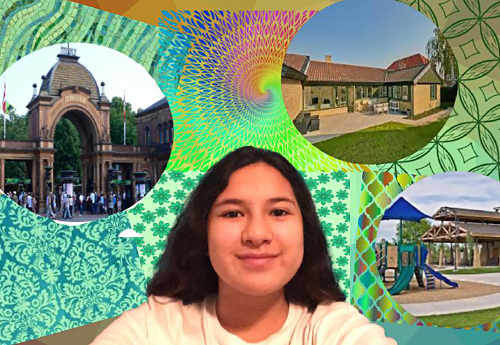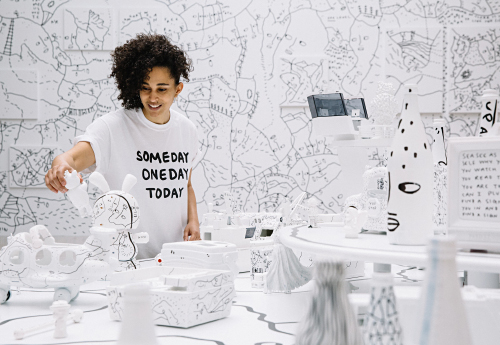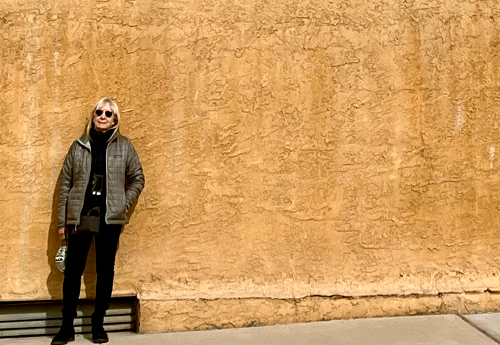
Editor's Letter: Empathy
Empathy is the ability to recognize, understand, and share the thoughts and feelings of others. How can the power of art be used to both express and explore empathy? To explore the concept of empathy, there is no better resource than Brené Brown, a well-respected research professor at the University of Houston who has worked for decades studying, writing about, and presenting on empathy, courage, vulnerability, and shame.
Read Article
